Langage secret
0,00€
Kevin Swierkosz-Lenart, Langage secret
Langage secret è una sonatina scritta nell’estate del 2019, un tentativo di indagine degli aspetti più allusivi e misteriosi del timbro chitarristico.
Langage secret is a sonatina written in the summer of 2019, an attempt to investigate the most allusive and mysterious aspects of the guitar timbre.
Scarica gratuitamente!
Descrizione
GuitArt Ebook – Collection for solo guitar
Kevin Swierkosz-Lenart, Langage secret
Langage secret è una sonatina scritta nell’estate del 2019, un tentativo di indagine degli aspetti più allusivi e misteriosi del timbro chitarristico.
Il primo movimento si intitola “Parallélismes et Symétries”. I parallelismi sono evidenti nelle costruzioni delle frasi. Le simmetrie sono presenti intorno alla battuta 49: la 50 è identica alla 48, la 51 alla 47 ecc. fino alla 63 che è identica alla 35. Di lì il secondo tema è ripreso secondo lo stesso schema simmetrico (battuta 64 è uguale a 26) fino alla ripresa del primo tema.
Il secondo movimento – “Passacailles des Nombres Premiers” – consta di 4 passacaglie, scritte in tempi che hanno al numeratore un numero primo. Poiché il tenor è sempre in 4/4, ogni passacaglia consta di 4 battute che rappresentano il minimo necessario per far coincidere la fine del tenor con la fine di una battuta. Alla fine della Passacaglia in 11/4, la ripetizione del mi viene aggiunta a battuta 17. Si tratta della 5° nota del modo, alla 17° battuta, tanto per giocare ancora con i numeri primi. Sul piano estetico, serve a rarefare al massimo la materia sonora prima del “chiasso” successivo.
Il terzo movimento parafrasa nel titolo un testo di Jacques Monod (Le Hasard et la Nécessité), che qui diviene “Il Caso della Necessità”. L’idea è costituita dalla perturbazione casuale di un ostinato, fino a battuta 19. Di lì si apre una sezione costruita con un tema al basso A e uno al canto B che vengono invertiti, creando moduli di 5 battute. Le battute 29 e 48 rappresentano due assi di simmetria secondo quanto spiegato più sopra circa il primo movimento. Da battuta 53, le prime 19 battute sono riprese a specchio in un modo differente. Per rendere eseguibile l’ostinato sulla chitarra, ho pensato sempre una diteggiatura a-m-i per la destra, e per tale motivo gli elementi di perturbazione sono sempre realizzabili sulla quarta corda.
Il dedicatario, Lorenzo Micheli Pucci, ha dato una prima esecuzione del lavoro in occasione di un concerto tenuto per l’associazione Musicare, l’11 dicembre 2020.
Scarica gratuitamente!
Langage secret is a sonatina written in the summer of 2019, an attempt to investigate the most allusive and mysterious aspects of the guitar timbre.
The first movement is entitled Parallélismes et Symétries. Parallelisms are evident in the constructions of the phrases. The symmetries are present around bar 49: bar 50 is identical to bar 48, bar 51 to bar 47, etc. until bar 63, which is identical to bar 35. From there the second theme is repeated according to the same symmetrical pattern (bar 64 is the same as 26) until the reprise of the first theme.
The second movement – Passacailles des Nombres Premiers – consists of 4 passacaglias, written in tempos with a prime number as numerator. Since the tenor is always in 4/4, each passacaglia consists of 4 bars, which is the minimum necessary to make the end of the tenor coincide with the end of a bar. At the end of the Passacaglia in 11/4, the repetition of E is added at bar 17. It is the 5th note of the mode, in bar 17, just to play with prime numbers again. Aesthetically speaking, it serves to rarefy the sound material as much as possible before the next “noise”.
The title of the third movement paraphrases a text by Jacques Monod (Le Hasard et la Nécessité), which here becomes “The Case of Necessity”. The idea is the random perturbation of an ostinato, up to bar 19. From there a section opens with a theme on bass A and one on chant B which are reversed, creating modules of 5 bars. Beats 29 and 48 represent two axes of symmetry as explained above regarding the first movement. From bar 53, the first 19 bars are mirrored in a different way. In order to make the ostinato playable on the guitar, I have always thought of a-m-i fingering for the right hand, and for this reason the elements of perturbation are always played on the fourth string.
The dedicatee, Lorenzo Micheli Pucci, gave a first performance of the work during a concert held for the association Musicare, on 11 December 2020.
Solamente clienti che hanno effettuato l'accesso ed hanno acquistato questo prodotto possono lasciare una recensione.

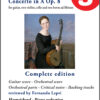

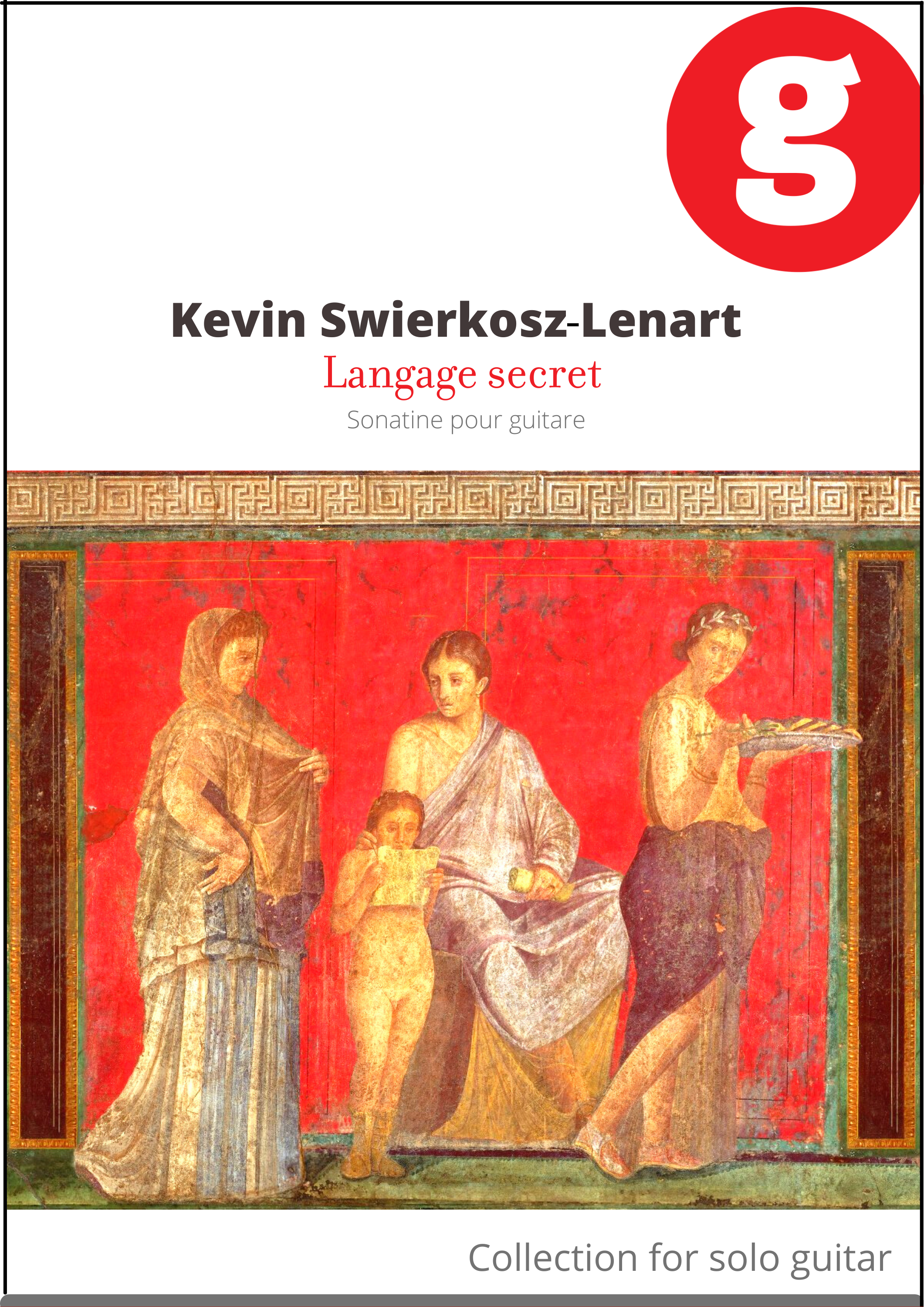
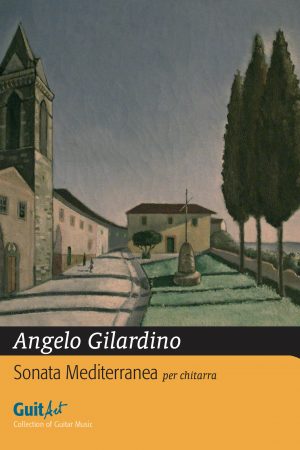
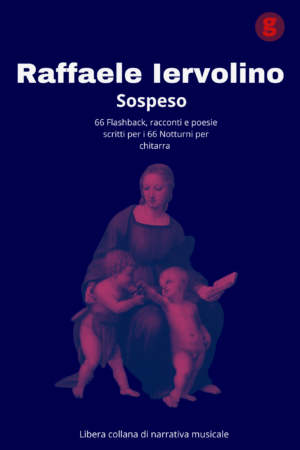
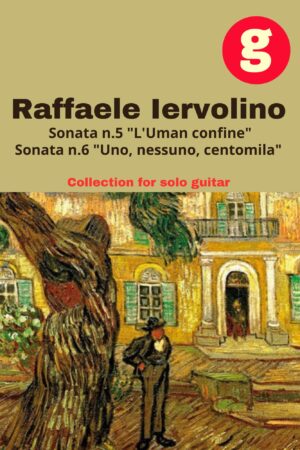
Recensioni
Ancora non ci sono recensioni.